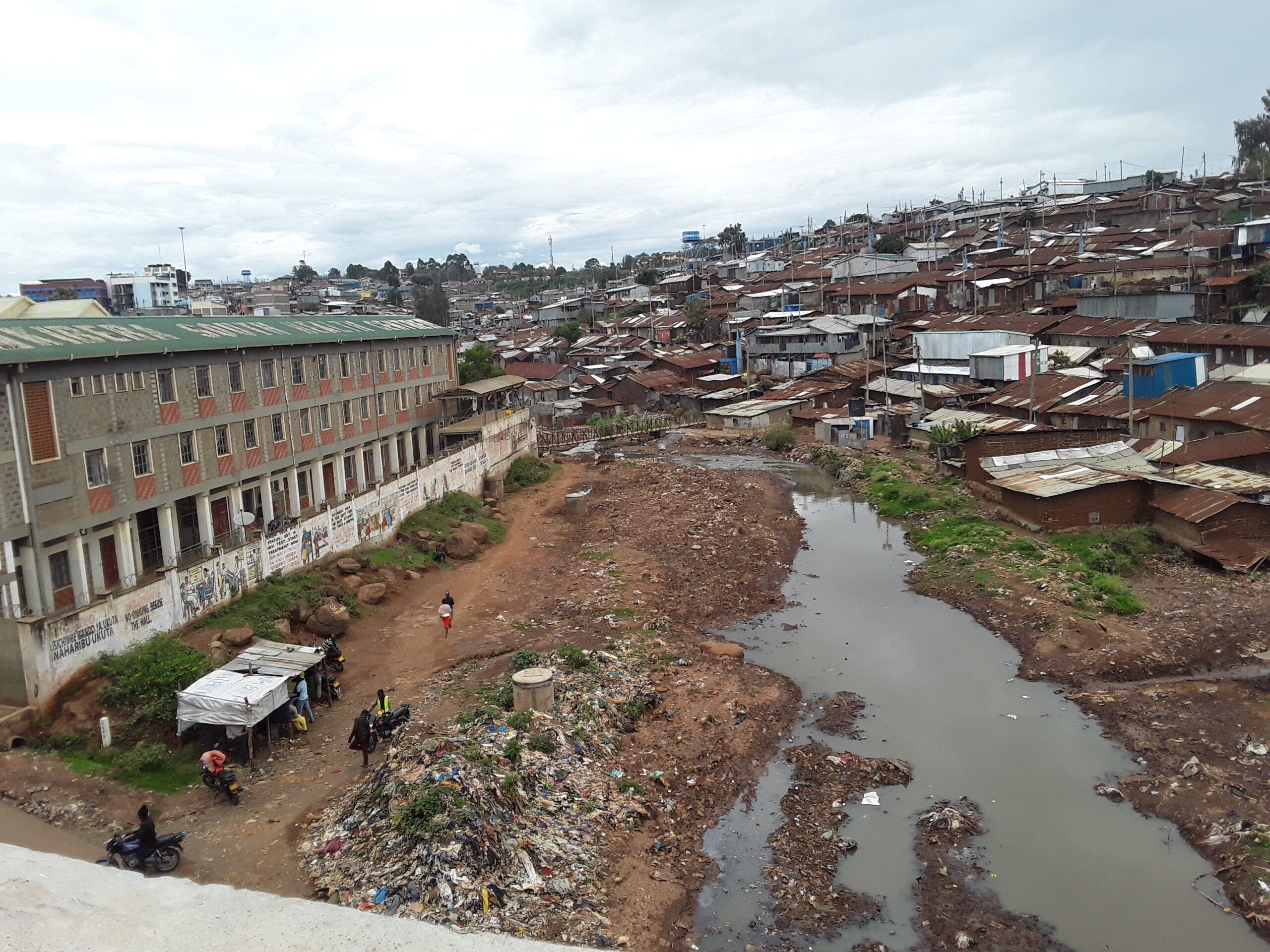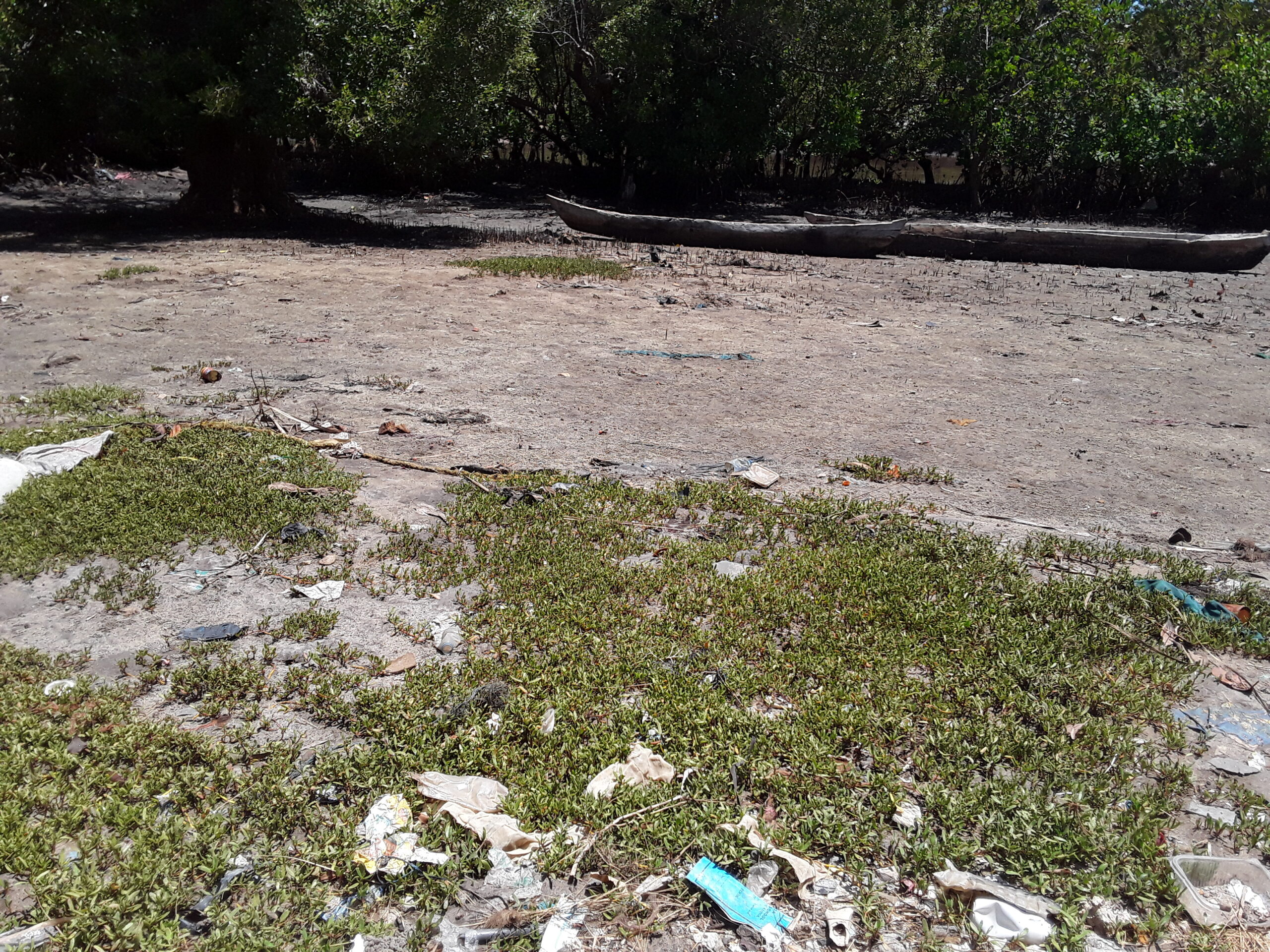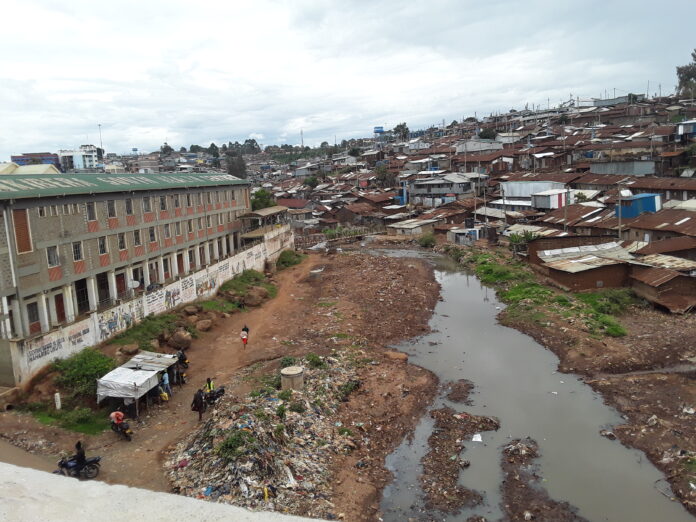By Joyce Chimbi
Nairobi, Kenya: The State of Africa’s Environment 2023 report has been released. The report emphasizes the centrality of environmental well-being in the overall sustainable development of the continent -for Africa’s prosperity and economy are deeply linked to its enormously rich natural resources endowment or it is natural capital.
Africa’s natural capital was estimated at US $6.2 trillion in 2018, thus making the continent the richest in terms of resources. This is nearly three times the economy of the entire continent.
If natural capital degrades, the report finds that growth and development in the future will not be sustainable and more people will have to fight for limited resources. The report therefore demonstrates in great detail how a degraded natural capital could impact the continent, derailing efforts towards sustainable growth and development.
This inaugural edition of the State of Africa’s Environment 2023 is based on solid scientific evidence and was released by the Centre for Science and Environment (CSE), the India-based think tank, in association with Media for Environment, Science, Health and Agriculture (MESHA-Kenya), at a media briefing held in Nairobi, attended by more than 50 journalists from Kenya and across the region on October 11, 2023.
“We can read and get the immediate story today, but often we do not get the big picture. The report will help us get the big picture. It will enable us to understand the different aspects of the environment by putting together a comprehensive picture that makes the links clearer between the environment and development. Environment and development are two sides of the same coin,” said Sunita Narain, Director General, CSE about the rationale behind the report.

Speaking at the inaugural, Mamo Bor Mamo, Director General of Kenya’s National Environment Management Authority (NEMA) said that “issues raised in this report are important and pertinent to our environment in Africa. We have a collective responsibility to manage our environment well. The report will give us direction on the position we will take during COP28.”
The report was put together by the India-based science, development, and environment fortnightly Down To Earth bulletin, with contributions from a large number of African journalists, researchers, and environmental experts.
As such, Richard Mahapatra, Managing Editor, of Down To Earth and head of the Editorial Board behind the report stated that a team of over 100 researchers and journalists from across the continent “have brought in country-wise assessments, which have been analyzed to get a continental perspective. The report covers climate change, wildlife and biodiversity, agriculture and land degradation, water and hygiene situations, and emerging waste management issues.”
The report’s key highlights include concerns over declining natural capital stressing that per capita natural capital has declined in Africa from $4,374 in 1995 to $2,877 in 2018. Various estimates suggest that African countries could see a 10 percent drop in the Gross Domestic Product (GDP) by 2030 and by 2050, and some 1.2 billion Africans could face higher water pollution; 1.5 billion people could face increased food insecurity, while millions would be exposed to coastal erosion risks.
Narain emphasized that climate change has been more rapid in Africa than in the rest of the world and that this is a disproportionate impact given that Africa hardly contributes to global warming. Over the past 15 years, several studies have warned of climate change and environmental stressors intensifying and aggravating regional, ethnic, and resource-driven conflicts.
However, African countries, in terms of committing to reduce emissions and on steps to fight the global crisis are ahead of most of the countries in the world. According to the report, “the world’s second-largest and second-most-populous continent hosts a quarter of the planet’s animal and plant species.
However, the species extinction rate in the continent is higher than in the rest of the world. Here as well, African countries have some of the pioneering conservation models that put community at the centre. If Africa protects its biodiversity, the world gains from it. Protected areas in Africa if sustainably used can eradicate poverty and bring peace.”

The report further details how Africa imported about 85 percent of its food from outside the continent, despite having an estimated 65 percent of the world’s arable lands that are yet to be cultivated. Meanwhile, desertification affects 45 percent of the continent. Nonetheless, the continent was hailed for its “joint efforts to restore degradation and build up natural capital are examples of modern time planetary efforts to save it.”
On air pollution, the report finds that “air pollution kills 1.1 million people annually in the continent. Developed economies treat the continent as their dump yard for used vehicles adding to the woes of air pollution. Some countries are already taking policy initiatives that have the potential for curbing this menace.”
Every year, some 130 million Africans have to be provided with clean cooking fuels to meet the universal access target in 2030. This is the biggest development challenge as some 0.7 million people died in 2019 due to a lack of clean cooking fuels. But Africa is leaping to the renewable energy world. It has a renewable energy potential of 9,000 GW with about 60 percent of it concentrated in the Sub-Saharan region, per the report.
The report breaks new ground in advancing the frontiers of knowledge and providing much-needed evidence for the continent to make informed decisions about the state of its environment, deteriorating natural capital, and establishing interventions to reverse the ongoing crisis.














